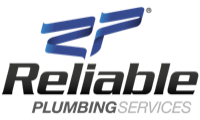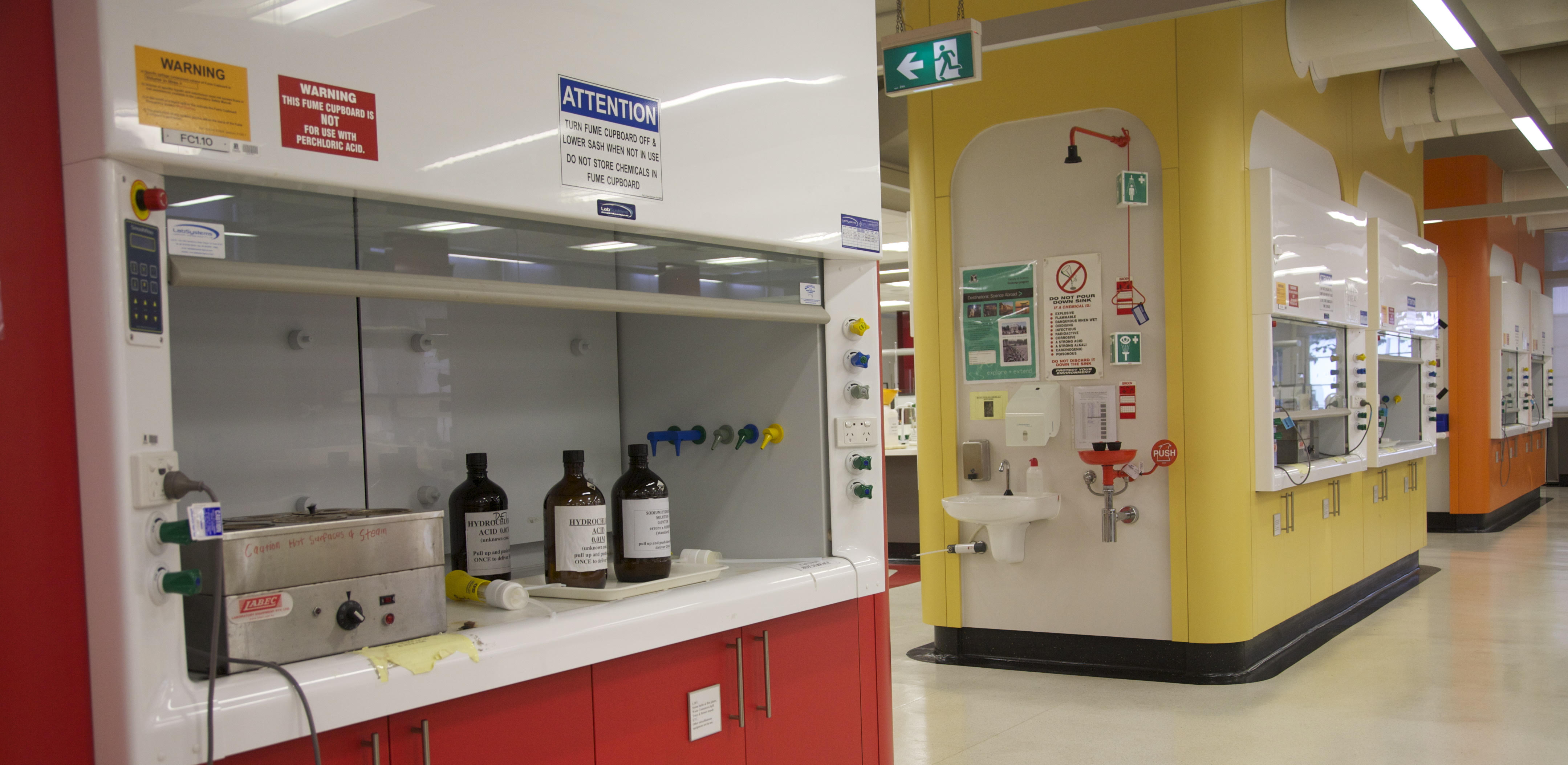You have seven seconds to save your sight.
But you’re not thinking about that …
You stumble blindly across the room, trying to ignore the searing pain burrowing deeper into your eye-sockets with every step you take. Then you’re there … head down, you hit the release bar and let the jets of cool, clear water begin to flush the acid from your eyes.
You were lucky –and only meters from a safety eyewash station when the accident occurred. Your doctor confirmed that there’s no permanent damage to your sight. But it might have been another story …
When was the last time someone in the lab had a freak accident like yours? Probably years ago, if at all. Yet you were able to rely on the eyewash station to do its job – delivering a flow of clean water to irrigate your eye – just when you needed it. Even after several years of inactivity, it worked perfectly.
And that’s one thing that definitely wasn’t an accident.
If It Can Go Wrong, It Probably Will
It only takes one emergency eyewash station or one safety shower to ruin someone’s life; it’s the one that doesn’t work properly when an accident occurs. And that’s why the law is clear – employers have a duty to get them tested at least annually by someone who’s trained to do it properly, professionally and reliably. That someone is a qualified plumber.
Emergency Eyewash Station
Laboratories, either on commercial premises or in research facilities, are obvious candidates for safety showers and eyewash stations. Australian Standard AS 2982: Laboratory Design and Construction specifies that “at least one safety shower and eyewash or eye/face wash facility shall be installed, in each laboratory where hazardous substances are used, or in a microbiological laboratory of physical containment level 2 (PC2) or higher,” and that these must “conform to AS 4775-2007: Emergency Eyewash and Shower Equipment.”
While many of our clients fall into these categories, there are plenty of other places where people are exposed to these types of risk. Industrial organisations where hazardous substances are stored, used or produced need exactly the same equipment installed to protect employees – and in Australia, many of these are in remote areas where access to medical facilities is very limited.
Let’s be clear about why they’re needed. Emergency eyewash stations and safety showers are there for situations where personal protective equipment hasn’t done its job, either because it wasn’t used correctly or because it failed in some way. That means someone – and it could be you – has come into direct contact with a hazardous substance, which typically means a corrosive chemical, a toxic substance or a harmful biological agent. Safety showers and eyewashes are forms of first-aid equipment, designed to buy time before seeking medical attention.
Access and Activation – Performance is Everything
We have clients with dozens of safety showers and eyewash stations on their premises; sometimes the numbers run into hundreds. That’s because there has to be an appropriate emergency station within an unobstructed 15-meter distance of any point in the facility – which corresponds to no more than a 10-second delay between accident happening and reaching the station. Water flow must commence within one second of activation, and the operating valve must stay open once activated so that the flow continues uninterrupted.
There are a number of plumbing considerations that go with these basic requirements; these are set out in AS 4775. The headline requirement, and the one that’s most often quoted, is flow rate. Safety showers, eyewash stations and eye/face wash units must each maintain a specified minimum flow rate for at least 15 minutes after activation. For safety showers, it’s 75.7 litres per minute; for eyewash stations, it’s 1.5 litres per minute; and for eye/face wash units, it’s 11.4 litres per minute.
Safety Shower Statutory Annual Inspection
In case you’re wondering – and I was when I first saw the figures – these flow rates are derived from the equivalent American ANSI Standard for these types of equipment; this specifies 20 U.S. gallons, 0.4 U.S. gallons and 3 U.S. gallons, respectively. In fact, most of the dimensional requirements of AS 4775 are direct conversions from the ANSI version, hence the seemingly random numbers that appear throughout the Australian standard!
Maintaining these flow rates for the specified 15-minute period isn’t a problem if you’re looking at a single shower or eyewash, installed in a modern building and connected to a mains water supply. Where it gets more challenging is in rural areas, or in facilities that rely on tank-fed water. Here, we often recommend a pumped system that is guaranteed to meet the flow requirement – after first checking that the tank actually holds enough water to keep supplying the pump for the full 15 minutes.
Reticulation Design – Is It Fit for Purpose?
In facilities with a large number of safety stations, we also check the capability of the reticulation system to supply multiple units at the same time. If, as a result of a major incident, several showers in close proximity to one another are activated simultaneously, they must each work in accordance with the standard; this means ensuring pipework is appropriately sized and that the supply pressure is adequate. Failing to design the installation correctly could lead to an unexpected lack of water pressure when it’s most needed.
Although it may sound obvious, we also make sure that any isolation valves fitted in the water supply line are clearly identified, and that they are of a type that can be locked open. In an emergency, the last thing a person needs is to find that someone has mistakenly shut off the water supply to the safety showers – it just can’t be allowed to happen.
So How Do We Know It Will Work When We Need It?
Any responsible organisation with safety showers and eyewash units installed on its premises will have an agreed schedule for testing and maintenance that goes well beyond the legal minimum. In most facilities, that means regular reassessment of risks and requirements, weekly in-house operational testing for installed equipment and statutory inspection and test annually. That’s where we come in …
As you’ll see in the picture above, flow-rate testing involves the use of a large, calibrated wheelie bin and a shower-test sock – which is positioned around the shower head – to collect water over a timed period and thus verify the flow. This is a job we undertake regularly; in some cases, we spend several weeks on site while we get round (literally) hundreds of items of equipment.
Eyewash Inspection Tag
Once tested, we tag each unit in order to maintain a fully traceable record of our work. Documenting each test is mandatory, and we produce an individual inspection certificate for each separate shower or eyewash unit. That may sound like a lot of work for something that you hope you’ll never use – and maybe it is – but it is without doubt an investment that could prevent a life-changing accident.
If you work with hazardous substances and you’re unsure about your statutory obligations, or if you’d like some independent advice about the suitability of your safety showers and emergency eyewash stations, please call us on 1300 78 20 40. We’re happy to help you make sure you and your people stay safe – so an unexpected accident doesn’t become any more serious than it already is.








